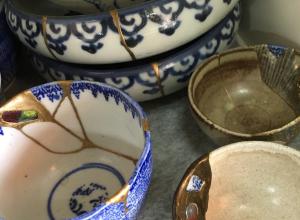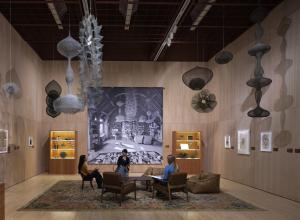The curators’ well-crafted text and image combinations present Emily’s life as a cosmopolitan one with a key theme amongst her paintings being her travels across Europe and the Mediterranean. Born in Florence, Italy to American parents, Emily grew up surrounded by the great collections and monuments of Europe. She, along with her siblings, was encouraged to nurture her artistic talent throughout her childhood, something she would continue to do as she grew and travelled widely from London to Cairo and countless places between. In total, Emily would produce over 400 paintings during her lifetime.
It is clearly apparent that Emily possessed a keen sensitivity for the feelings and moods of her subjects. As she moved from place to place, one can see how different landscapes and cultural settings brought about changes in the style and general mood of her paintings. The breezy and ephemeral impression of the Brittany coast contrasts starkly with the blockier and bolder colors of the Tuscan countryside. Paintings by her brother, John, round out the family story, displaying additional views of the landscapes and faces that would have filled Emily’s life.


![DEl Kathryn Barton [Australian b. 1972] the more than human love , 2025 Acrylic on French linen 78 3/4 x 137 3/4 inches 200 x 350 cm Framed dimensions: 79 7/8 x 139 inches 203 x 353 cm](/sites/default/files/styles/category_card_187x139/public/ab15211bartonthe-more-human-lovelg.jpg?itok=LJbNuU6F)

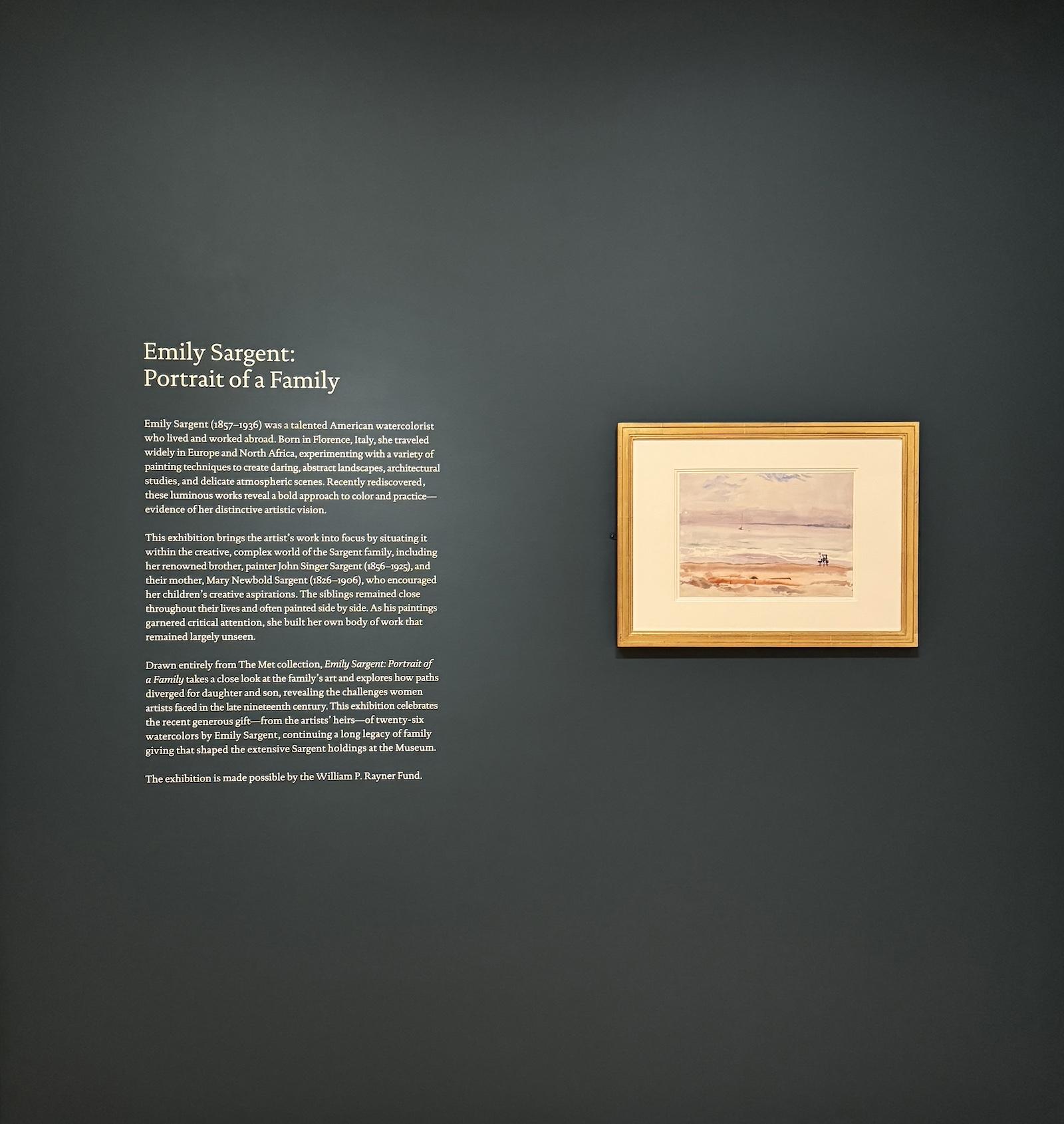
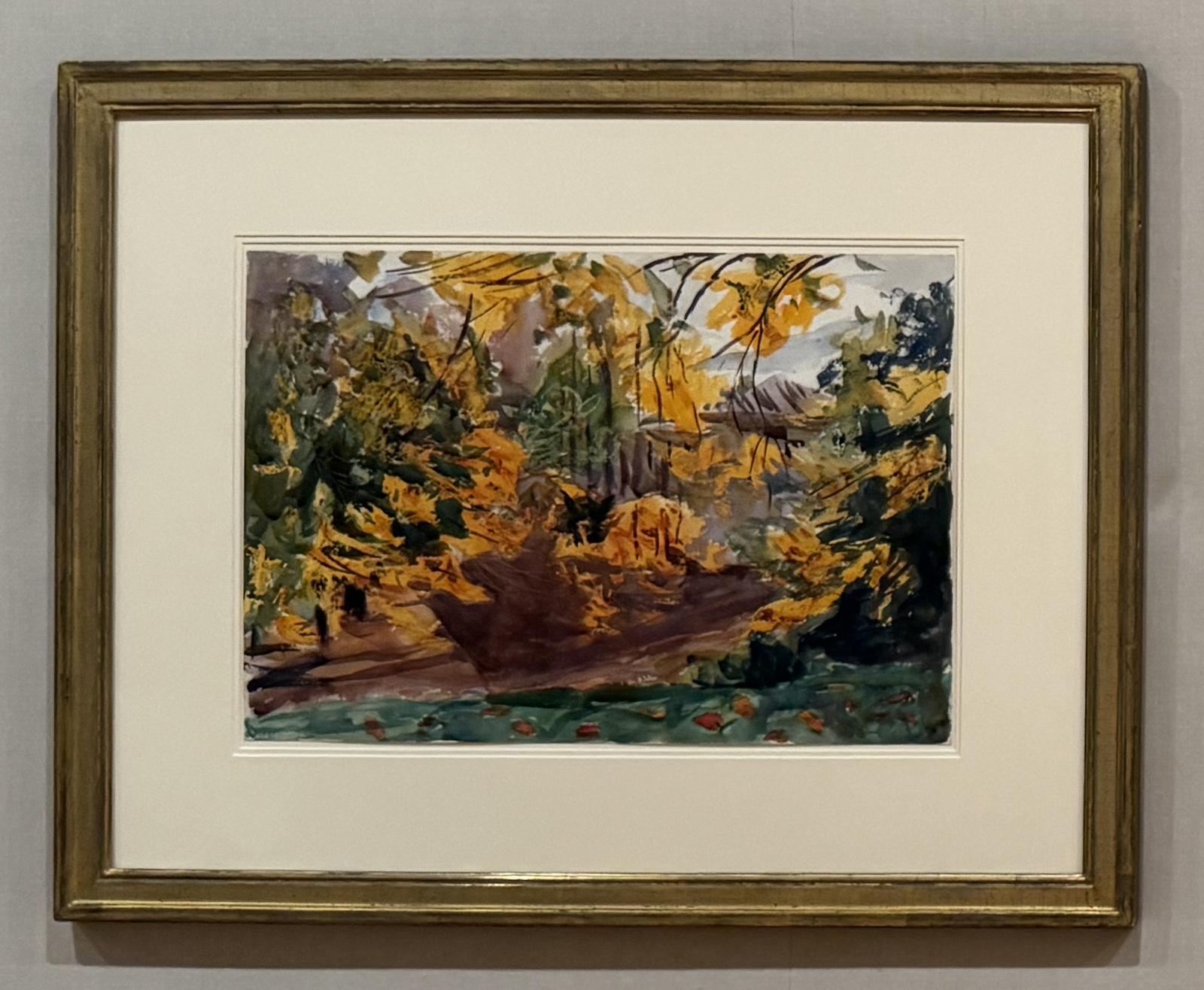
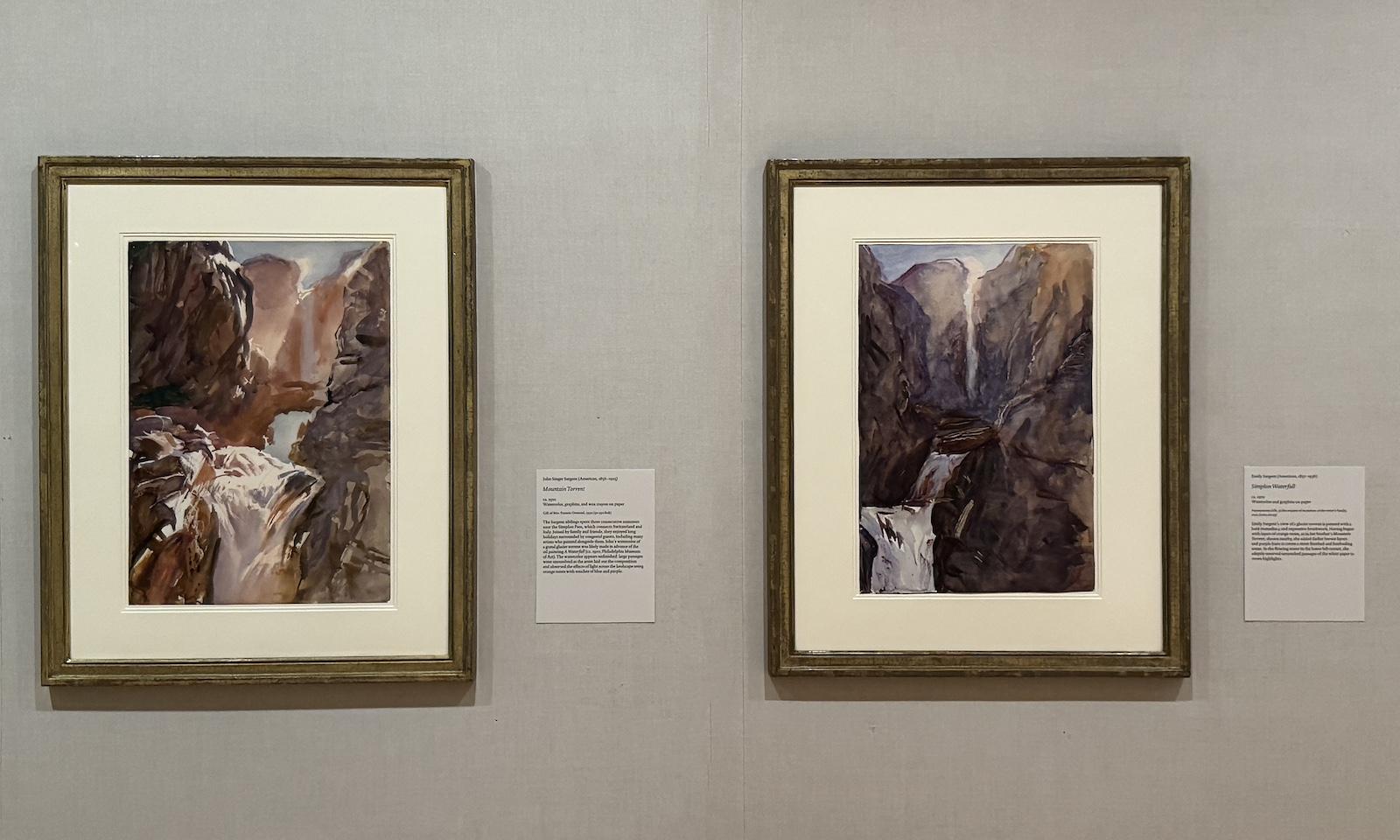
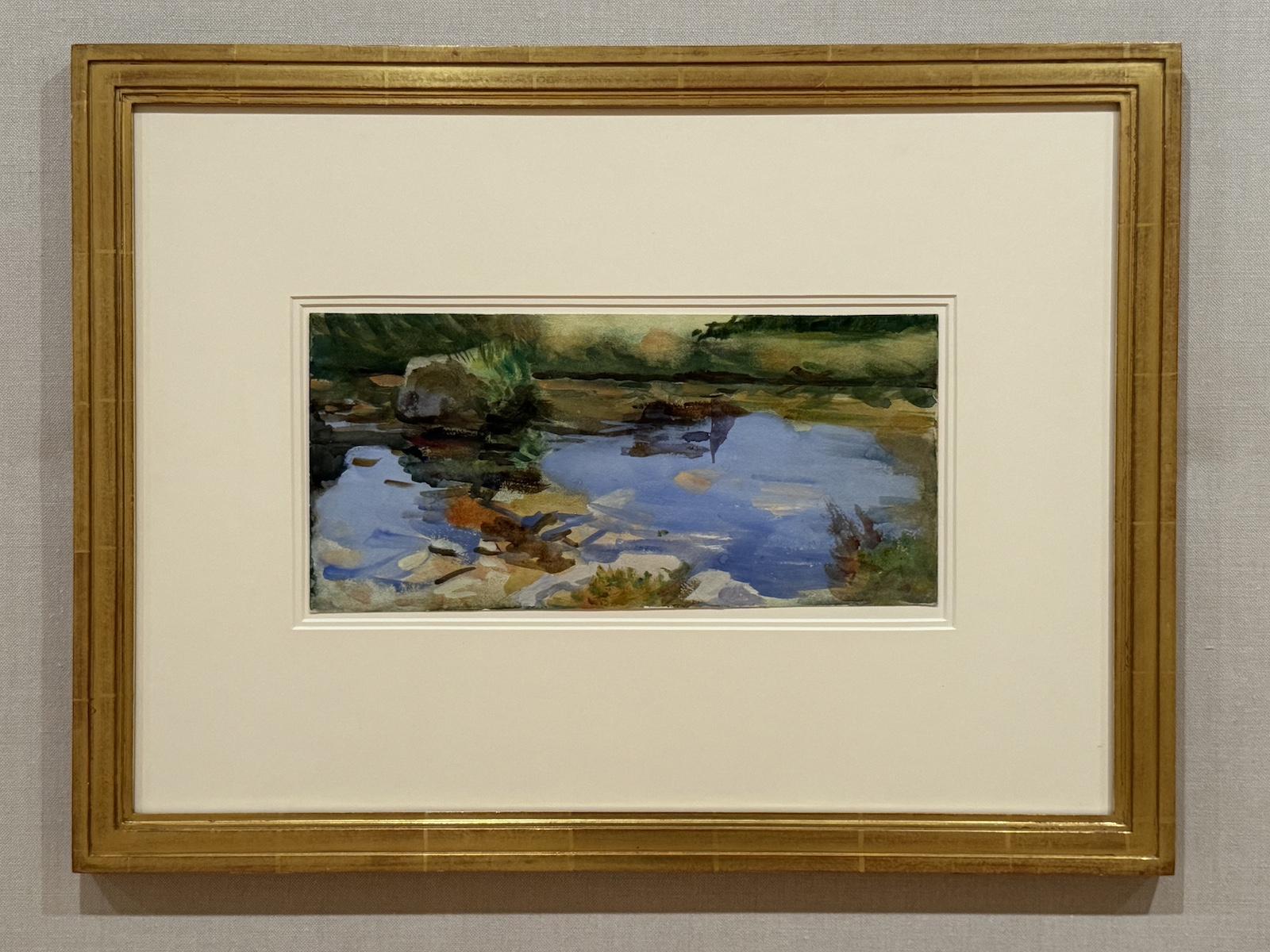
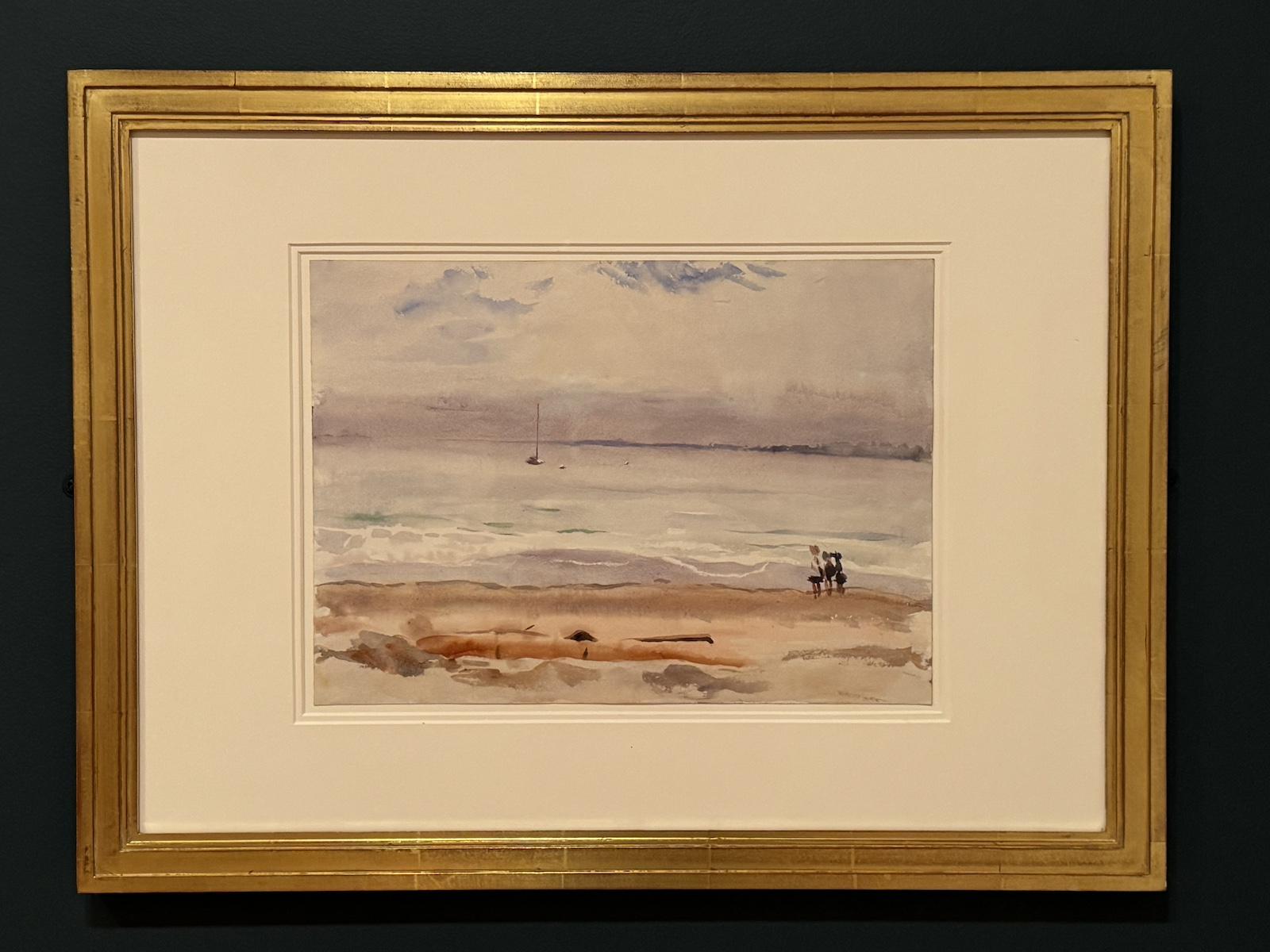

![DEl Kathryn Barton [Australian b. 1972] the more than human love , 2025 Acrylic on French linen 78 3/4 x 137 3/4 inches 200 x 350 cm Framed dimensions: 79 7/8 x 139 inches 203 x 353 cm](/sites/default/files/styles/image_5_column/public/ab15211bartonthe-more-human-lovelg.jpg?itok=wW_Qrve3)
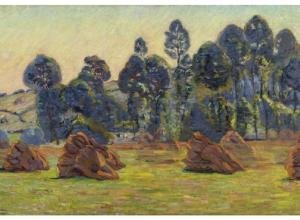
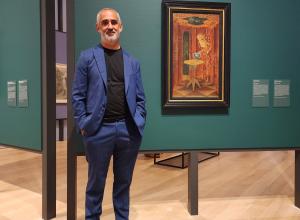
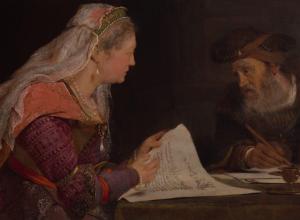
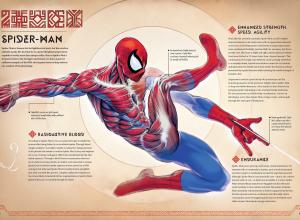
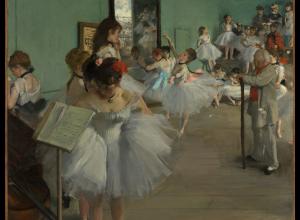




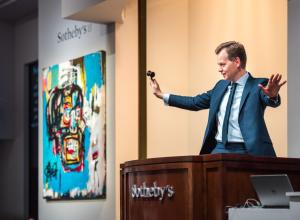



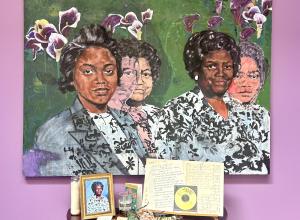

![Merina [Pop Chalee] Lujan, Taos, 1906 – 1993, Yellow Horse, gouache on paper, 13 1/8 x 18 1/8 in. (33.3 x 46 cm.) Estimate: 1,000 – 2,000](https://www.artandobject.com/sites/default/files/styles/image_5_column/public/4630-58.jpg?itok=kBAYkc0u)

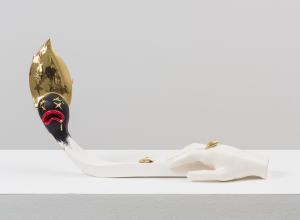

![Ginevra de’ Benci [obverse]. 1474/1478. Leonardo da Vinci. Oil on Panel. Ailsa Mellon Brue Fund, National Gallery of Art.](https://www.artandobject.com/sites/default/files/styles/image_5_column/public/ginevradebenciobverse196761a.jpg?itok=hIzdUTaK)

